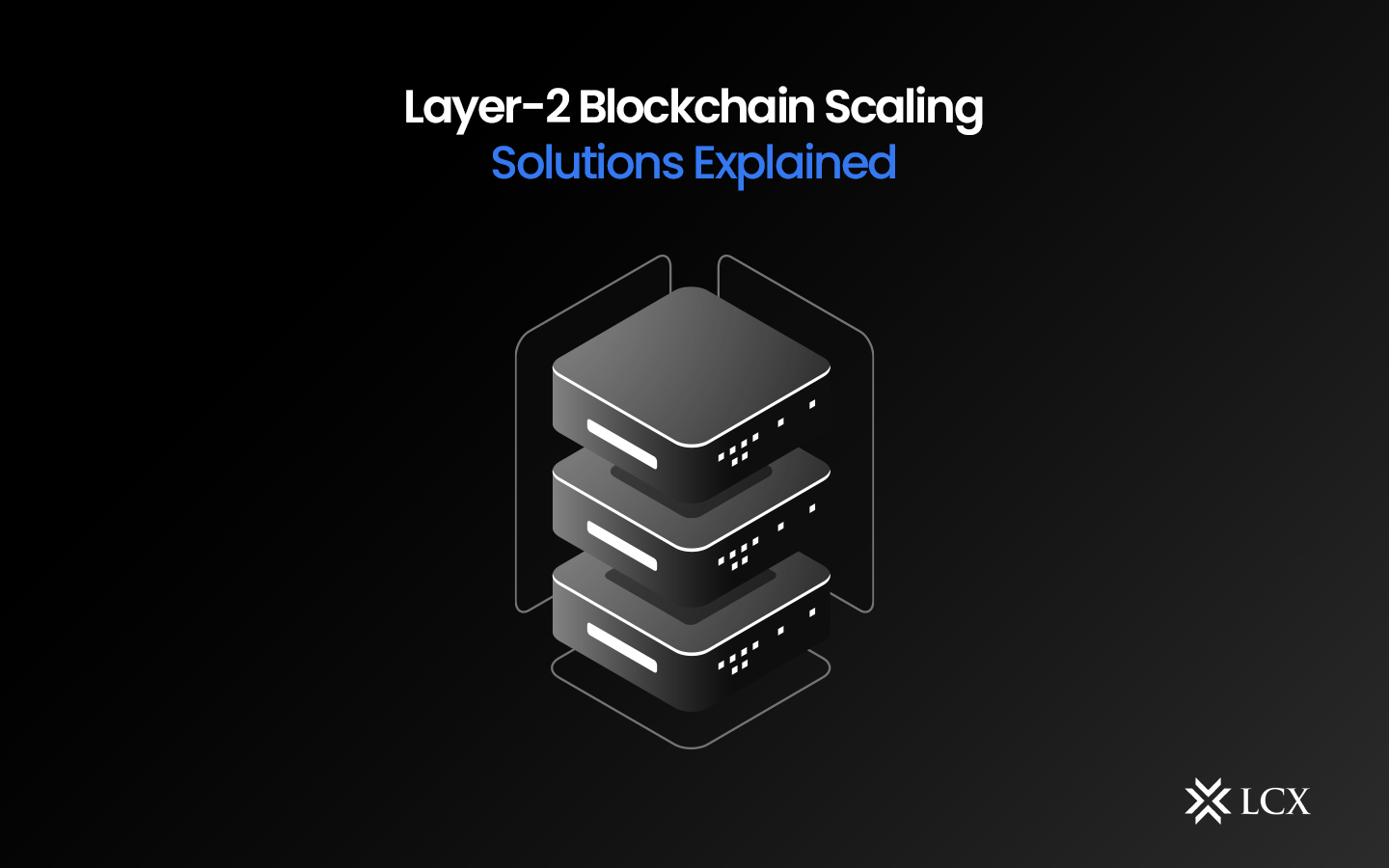
Key Layer-2 Scaling Techniques
State Channels: State channels allow participants to conduct numerous off-chain transactions without recording each individual transaction on the main blockchain. By creating a secure channel, participants can engage in fast and inexpensive transactions, with the final state being settled on the layer-1 blockchain. This technique reduces congestion and minimizes transaction fees, making it ideal for high-frequency, low-value transactions, such as microtransactions and gaming applications.
Payment Channels: Payment channels are a type of state channel that focuses on facilitating fast and frequent transactions exclusively for value transfer purposes. By establishing a direct payment channel between two parties, transactions can occur rapidly and with minimal fees. Payment channels are commonly used in projects such as the Lightning Network, which aims to enhance Bitcoin’s scalability.
Sidechains: Sidechains are independent blockchains that are interoperable with the main blockchain. They allow users to transfer assets from the main chain to the sidechain, where faster and cheaper transactions can take place. Sidechains maintain their consensus mechanisms and can have different rules and functionalities tailored to specific use cases. Once transactions are completed on the sidechain, the final state can be securely settled on the mainchain.
Benefits of Layer-2 Scaling Solutions
Scalability: Layer-2 solutions significantly increase transaction throughput, enabling blockchain networks to handle a larger volume of transactions per second. This enhanced scalability is crucial for the mass adoption of blockchain technology and supports the growth of decentralized applications, empowering them to handle real-world use cases.
Cost Efficiency: By processing transactions off-chain, layer-2 solutions alleviate the burden on the main blockchain, reducing transaction fees and congestion. This cost efficiency is particularly important for microtransactions, where high fees would render many applications impractical. Layer-2 scaling solutions pave the way for economically viable use cases, opening up new possibilities for blockchain technology.
Improved User Experience: With faster transaction confirmations and lower fees, layer-2 solutions greatly enhance the user experience. Users can enjoy seamless and frictionless interactions with blockchain-based applications, eliminating the frustrations commonly associated with slow confirmations and high costs.
Real-World Implications
Layer-2 scaling solutions have already started to revolutionize various industries and applications. For instance, in the finance sector, decentralized exchanges (DEXs) leveraging layer-2 solutions offer efficient and low-cost trading experiences. Gaming platforms powered by layer-2 solutions enable the creation and exchange of non-fungible tokens (NFTs) with minimal transaction fees. Furthermore, layer-2 solutions have the potential to transform supply chain management, voting systems, and digital identity verification, among other sectors.
Conclusion
Layer-2 scaling solutions provide a promising path forward to overcome the scalability limitations of layer-1 blockchains. By introducing additional layers or protocols, these solutions unlock the potential for increased transaction throughput, cost efficiency, and improved user experiences. As blockchain technology continues to evolve, layer-2 scaling solutions will play a pivotal role in realizing the full potential of decentralized applications and driving the mainstream adoption of blockchain across various industries.